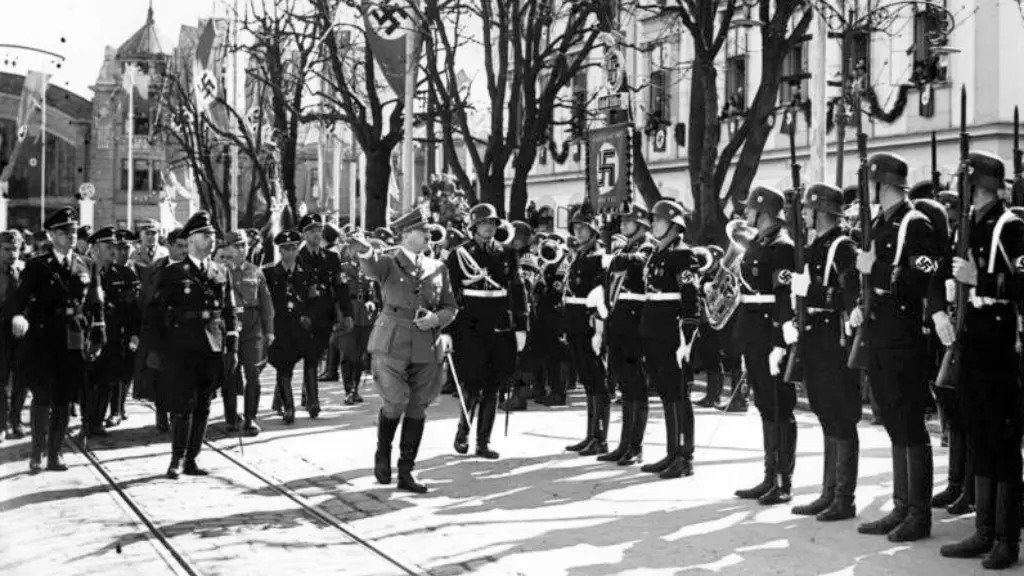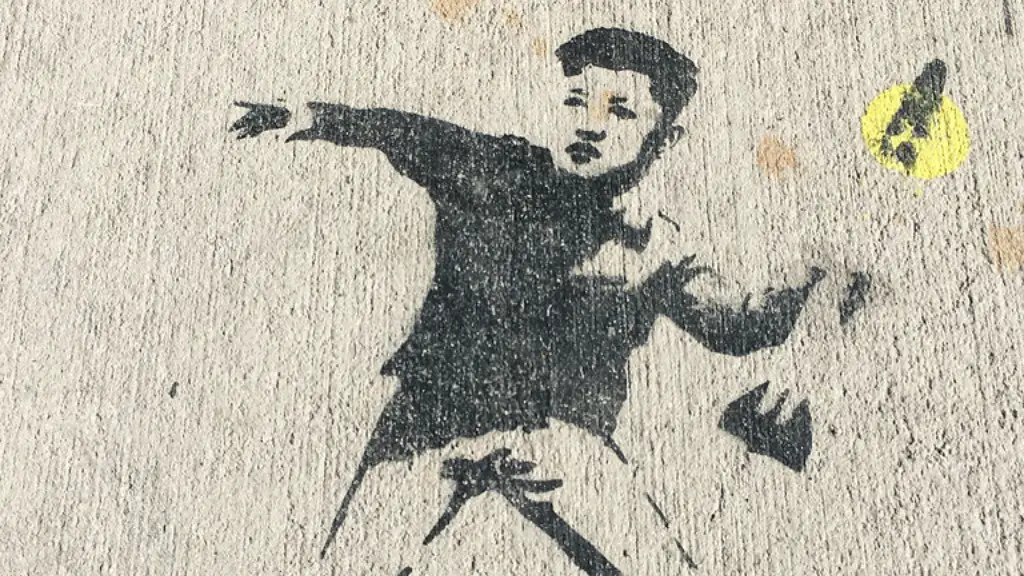Saddam Hussein was the dictator of Iraq from 1979 until 2003. During his rule, Iraq was involved in several wars, including the Iran-Iraq War (1980-1988) and the Gulf War (1991). Saddam Hussein also ordered the invasion of Kuwait in 1990, which led to international sanctions against Iraq. After the September 11th attacks in 2001, the United States accused Saddam Hussein of supporting terrorism and of having weapons of mass destruction. In 2003, the United States and its allies invaded Iraq and toppled the Saddam Hussein regime.
The Saddam Hussein regime had a profound and lasting effect on Iraq and its people. Saddam rule was characterized by totalitarianism, a single-party system, repression of internal dissent, and Extreme violence. Saddam Hussein’s dictatorship resulted in widespread human rights violations, including torture, rape, and extrajudicial killings. Under his rule, Iraq’s economy was significantly weakened by corruption, cronyism, and nepotism.
What good things did Saddam do for Iraq?
The national infrastructure campaign implemented by Saddam Hussein made great progress in building roads, promoting mining, and developing other industries. The campaign helped Iraq’s energy industries, bringing electricity to nearly every city in Iraq, and many outlying areas. The campaign also helped to develop other industries, such as transportation and manufacturing.
Saddam Hussein was one of the most brutal dictators in history. He ruled Iraq with an iron fist for almost 30 years, using fear, intimidation, and violence to consolidate his own control. In the end, even that was not enough, and he was overthrown by a popular uprising.
What happened to Iraq after Saddam
The occupation of Iraq was a tumultuous time for the country, characterized by a large US military presence and the overthrow of the Ba’ath Party government. Although the US troops have now left the country, the effects of the occupation are still being felt by the people of Iraq.
The link between Saddam Hussein’s government and terrorist organizations, in particular al-Qaeda, was one of the main justification for the invasion of Iraq. The Bush administration claimed that there was clear evidence of a connection between the two, and that Saddam was using terrorist groups to carry out attacks against the United States and its allies. However, no concrete evidence of this link was ever found, and the invasion of Iraq ultimately led to the rise of ISIS and other terrorist groups in the region.
What was the downfall of Saddam Hussain?
Saddam Hussein’s legacy is still a controversial and divisive issue more than a decade after his death. Saddam was overthrown in April 2003 following the US-led invasion of Iraq, and executed for crimes against humanity in 2006. But many Iraqis still view Saddam as a strong leader who kept the country together, and his memory is revered by some as a symbol of Arab resistance to Western interference.
Since the early 1990s, there has been strong international opposition to the Saddam Hussein regime in Iraq. This began after the regime’s invasion of Kuwait in 1990, which was condemned by the international community. In 1991, a military coalition led by the United States launched the Gulf War to expel Iraqi forces from Kuwait. This opposition has continued in the years since, with various UN resolutions and sanctions being imposed on the regime.
Did the US support Saddam?
The Iran-Iraq War was a conflict between Ba’athist Iraq and post-revolutionary Iran. American support for Ba’athist Iraq during the war included economic aid, the sale of dual-use technology, military intelligence, and special operations training. This support was part of the Reagan Doctrine, which was a policy of providing support to anticommunist governments and movements around the world.
Iraq has a long and complicated history, and it’s often difficult to remember that there were actually times when the country was relatively peaceful. After it gained independence from British rule in the mid-20th century, Iraq experienced a period of calm that lasted for a few decades. This was a time when the country had a more collected manner, although there was still some limited violence. It’s important to remember that Iraq was once a peaceful place, in spite of its current reputation.
Who controls Iraq now
The current Prime Minister of Iraq is Mohammed Shia al-Sudani. He was appointed by the Council of Ministers, which is the government body in Iraq. He has a lot of executive authority and is responsible for the day-to-day operations of the government.
As of 30 December 2022, the number of American forces in Iraq is estimated at about 2,000 soldiers deployed mainly in Al Asad Airbase, Camp Victory and Al-Harir Air Base. This is a result of the withdrawal of United States troops from Iraq which began in 2020 and is expected to be completed by December 2021.
What started the war in Iraq?
The Gulf War began on the night of March 19, 2003, with an aerial attack against a location where Saddam Hussein was suspected to be meeting with top Iraqi officials. The United States, along with a coalition of other nations, had been preparing for an invasion of Iraq for months, and the aerial attack was the first step in what would ultimately be a successful military campaign to oust Saddam Hussein from power.
It is typically believed that Saddam Husayn invaded Iran in 1980 for one of two reasons. The first reason is that he saw an opportunity for geopolitical gain and took advantage of it when international factors were in his favor. The second reason is that he felt the need to prevent Iran from fomenting revolution in Iraq. Neither of these reasons is definitively known, but they are both plausible explanations for Saddam’s actions.
What did the US do to Saddam Hussein
Saddam Hussein, the deposed president of Iraq, was captured by the United States military forces in the town of Ad-Dawr, Iraq on 13 December 2003. Codenamed Operation Red Dawn, this military operation was named after the 1984 American film Red Dawn.
The operation was a joint effort between the United States Army, United States Special Operations Command, and the Central Intelligence Agency. The operation began on 10 December 2003, when the first joint special operations forces entered Iraq from Kuwait.
The mission of Operation Red Dawn was to capture or kill Saddam Hussein. On 13 December 2003, Saddam Hussein was captured by a United States Army Special Forces team near his hometown of Tikrit.
It is clear that even in death, Saddam Hussein was thinking of Muqtada al-Sadr, the powerful anti-American Shiite religious leader. This just goes to show the hold that al-Sadr has over the Iraqi people, even those who are Sunni like Saddam Hussein. This is a very dangerous situation because it shows that the sectarian divisions in Iraq are only getting worse and that there is no end in sight to the violence.
Why is there still conflict in Iraq today?
The armed conflict in Iraq began in 2003 with the US-led invasion of the country. The conflict continued as an insurgency emerged to oppose the occupying forces and the post-invasion Iraqi government. The insurgency was fueled by sectarian tensions between Sunni and Shia Muslims, as well as by the presence of foreign fighters from neighboring countries. The insurgency has resulted in the death of thousands of civilians, as well as the displacement of millions of Iraqis.
The United States imported an average of 157,000 barrels of petroleum per day from Iraq in 2021. This represents a significant increase from the 120,000 barrels per day imported in 2020, and is indicative of the growing US dependence on Iraqi oil. While the US is still the world’s largest oil producer, it is increasingly reliant on imported oil to meet its needs. This dependence could have major implications for US foreign policy in the future.
Who helped the U.S. invade Iraq
The invasion of Iraq in 2003 was a major military operation that lasted just over one month. A combined force of troops from the United States, the United Kingdom, Australia and Poland invaded Iraq on March 19th (air) and 20th (ground). The operation lasted 26 days and resulted in the overthrow of the Iraqi regime.
Iraq’s three main suppliers of weaponry during the war were the Soviet Union followed by China and then France. The United States sold Iraq over $200 million in helicopters, which were used by the Iraqi military in the war. These were the only direct US-Iraqi military sales.
Warp Up
Saddam Hussein was the fifth President of Iraq, serving in that role from 1979 until 2003. He had a significant impact on his country during his time in power. Saddam Hussein was known for his tyrannical rule, and for his brutal treatment of those who opposed him. He was also responsible for the deaths of tens of thousands of Iraqis, both through his direct actions and through his policies.
Saddam Hussein’s dictatorship had a profound and lasting impact on Iraq. His reign was characterized by brutal repression, civilian massacres, and the use of chemical weapons. He also initiated two disastrous wars, which led to the death and displacement of millions of Iraqis. As a result of his actions, Iraq is a fragmented and violent country, with a legacy of suffering that will take generations to heal.





